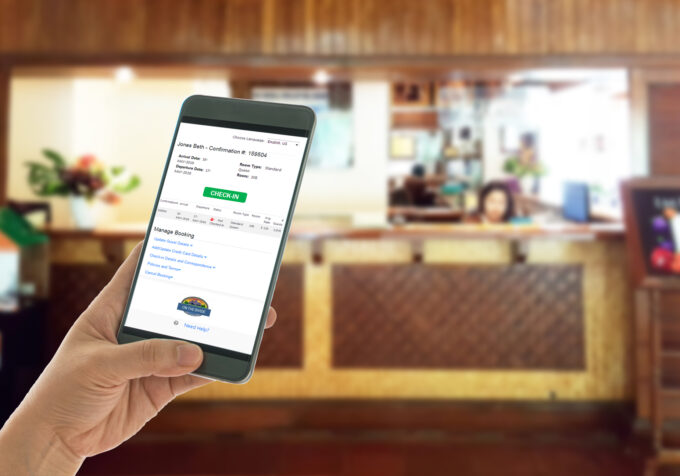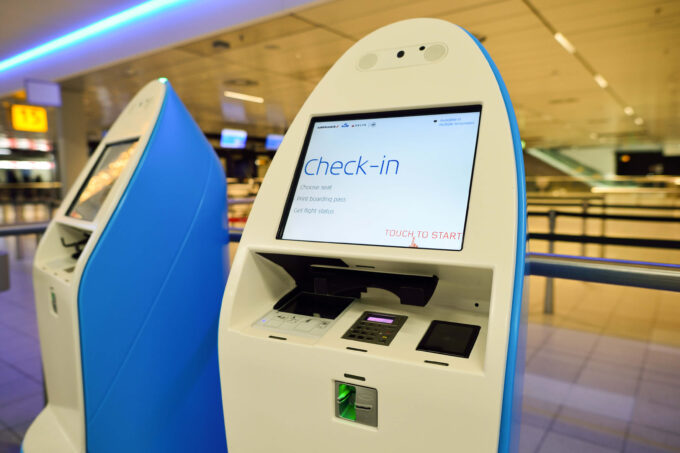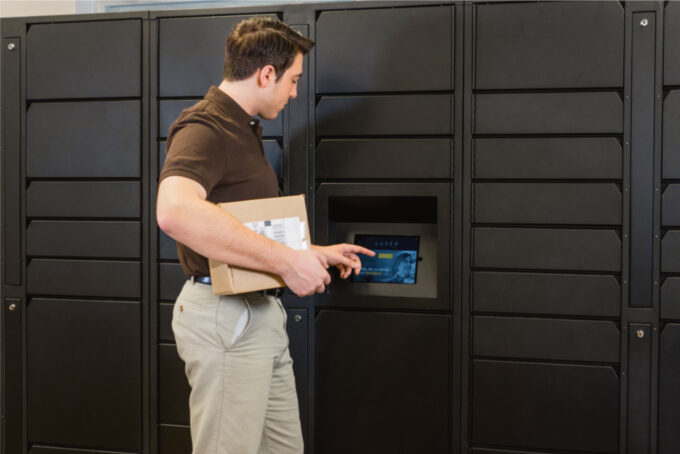Front desk operations serve as the heart of any business or organization. Whether you’re managing a hotel, a medical clinic, or a corporate office, a smoothly running front desk is essential for providing exceptional customer service and maintaining efficient day-to-day operations. In this blog, we’ll explore eight effective ways to streamline front desk operations, helping you enhance productivity, reduce bottlenecks, and create a seamless experience for both employees and visitors.
Implement Modern Visitor Management Systems
Modern visitor management systems are important for front desk operations. These systems go beyond the simple sign-in sheet by offering a wide range of features that enhance both efficiency and security. One significant benefit is the ability to capture essential visitor data accurately and swiftly. With just a few taps on a touchscreen, guests can input their information, and the system automatically stores it securely. This eliminates the need for manual data entry, reducing the risk of errors and saving valuable time.
Plus, these systems often come with real-time notifications, alerting hosts when their guests arrive. This feature enhances security by ensuring that only authorized individuals gain access to the premises. The system can also print visitor badges with a photo and relevant information, adding an extra layer of security and professionalism.
Utilize Mobile Check-In

Mobile check-in apps are an excellent addition to any front desk operation. They cater to the on-the-go nature of modern life, making the check-in process more convenient for visitors and employees alike. The convenience factor is undeniable. Guests can complete the check-in process on their smartphones before they even arrive at the front desk. This not only saves them time but also reduces crowding and long lines at the reception area, improving their overall experience.
Additionally, mobile check-in apps can issue digital room keys or access codes, eliminating the need for physical key cards or fobs. This not only reduces costs associated with traditional key management but also minimizes the risk of lost keys or unauthorized access.
Integrate Self-Service Kiosks

Self-service kiosks have gained popularity across various industries due to their efficiency and user-friendliness. These kiosks can be stationed strategically around your facility, allowing visitors or employees to complete tasks independently.
Common self-service kiosk functions include checking in, printing visitor badges, and accessing information about the facility. These machines are intuitive and straightforward to use, making them accessible to a wide range of individuals.
The key advantage of self-service kiosks is their ability to reduce the workload on front desk staff. Visitors can handle routine tasks on their own, leaving front desk personnel available to provide personalized assistance or address more complex issues. This shift in workload not only streamlines operations but also leads to increased visitor satisfaction.
Invest in Smart Locker Systems for Deliveries

The management of incoming deliveries is often a headache for front desk staff. Packages can accumulate quickly, cluttering the reception area and creating security concerns. This is where commercial lockers come to the rescue.
Commercial smart locker systems are automated, secure, and organized solutions for handling deliveries. Couriers can deposit packages into designated lockers, and recipients receive notifications with unique access codes. This allows them to retrieve their items at their convenience, even outside of regular front desk hours.
The benefits are profound. First, these systems drastically reduce front desk congestion, freeing up staff to focus on more critical tasks. Second, they enhance security by preventing package loss or misplacement. Additionally, these commercial lockers offer convenience for people who need to pick up during various times of the day. Smart lockers provide a secure and reliable way to manage deliveries, making them a valuable addition to front desk operations.
Optimize Staff Training
Efficient front desk operations rely on well-trained staff. Training programs should encompass a variety of skills, including technical proficiency, customer service etiquette, and problem-solving capabilities. Technical training ensures that front desk personnel can operate the various systems and equipment efficiently. For example, they should be proficient in using visitor management software, mobile check-in apps, and self-service kiosks.
Customer service training is equally important. Front desk staff should be equipped with excellent communication skills to address visitor inquiries and resolve issues with professionalism and courtesy. Problem-solving skills are crucial for handling unexpected situations or emergencies effectively. Ongoing training is essential to keep staff updated with the latest technologies and best practices. Regular refresher courses and skill development workshops ensure that your front desk team remains competent and confident in their roles.
Centralize Communication Channels
Effective communication lies at the heart of streamlined front desk operations. Centralizing communication channels simplifies the workflow and ensures that requests and inquiries are handled promptly and efficiently.
Implement a unified communication system that integrates phone calls, emails, instant messaging, and other contact methods into one platform. This allows front desk personnel to monitor and respond to all forms of communication from a single interface.
Centralization also enables better tracking and reporting of communication metrics, which can be used to improve response times and identify common issues or trends. Visitors and employees appreciate quick and efficient responses, which ultimately leads to higher satisfaction levels.
Analyze Data for Continuous Improvement

Data analysis is a powerful tool for optimizing front desk operations. By collecting and analyzing data on various aspects of your front desk, you can gain valuable insights into its performance. Start by tracking visitor traffic patterns, check-in and check-out times, and the most common inquiries. This data can help you identify bottlenecks and areas where operational improvements are needed.
For instance, if you notice a consistent peak in visitor traffic during certain hours, you can adjust staffing levels to ensure that the front desk is adequately staffed during those times. Additionally, data analysis can reveal trends in visitor preferences or common issues, allowing you to proactively address them.
Implement Feedback Mechanisms
To maintain streamlined and customer-centric front desk operations, it’s crucial to establish feedback mechanisms. Encourage visitors and employees to share their experiences and insights through surveys, comment cards, or online feedback forms. Listening to feedback demonstrates your commitment to continuous improvement. When you act on feedback, you show that you value the input of your visitors and employees and are willing to make necessary changes.
Feedback mechanisms provide valuable insights into what is working well and what may need adjustment. They also serve as a source of ideas for enhancing the visitor experience and optimizing front desk operations. By addressing concerns and making improvements based on feedback, you can ensure that your front desk remains efficient and responsive to changing needs.









